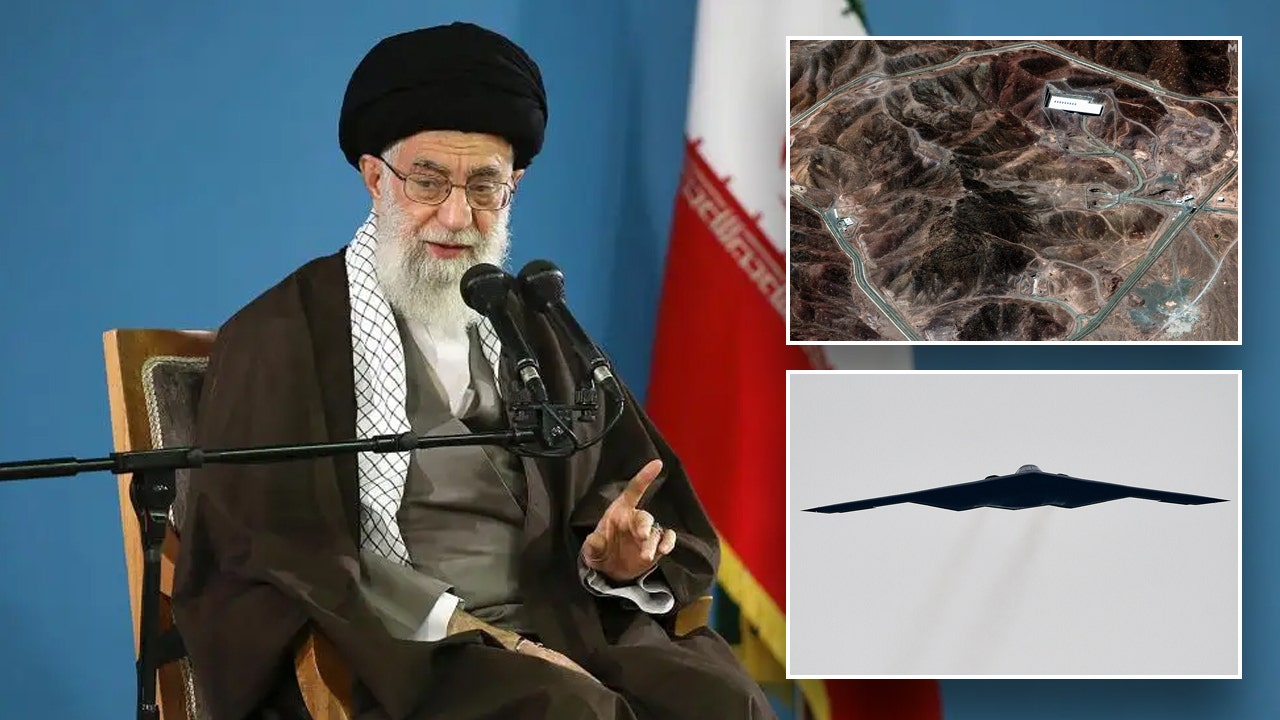US bunker busters may be only way to destroy Iran’s Fordow nuclear facility

As tensions between Israel and Iran escalate over Iran’s nuclear capabilities, the focus remains on the heavily-protected nuclear facility at Fordow, located two hours from Tehran. Military analysts believe that the only way to eliminate the threat posed by this facility is through the use of a two-ton precision bunker buster, a weapon developed and solely possessed by the United States.
Jonathan Ruhe, Director of Foreign Policy for JINSA, explained that bunker busters are munitions designed to penetrate through layers of earth, rock, and concrete before exploding underground. These weapons come in various weight classes, with Israel possessing 2,000- and 5,000-pound varieties, while the U.S. has the 30,000-pound GBU-57 A/B Massive Ordinance Penetrator (MOP).
The Fordow facility, buried between 60 and 800 meters underground, presents a unique challenge for any potential strike. The depth of the facility will determine the number of munitions needed, with the MOP’s penetration depth of 200 feet requiring a strategic approach involving multiple bombs dropped in succession.
While the U.S. is considered the only country capable of destroying Fordow due to the MOP’s capabilities, Israel has shown tactical ingenuity and could potentially achieve its goals at the facility using alternative methods. Ruhe suggested that Israel might opt for a commando raid or utilize F-15s and F-35s to deliver bunker busters over Fordow.
The differing goals of the U.S. and Israel in targeting Fordow may influence the approach taken in any potential strike. While the U.S. may aim to completely obliterate the facility, Israel might be content with disrupting operations for a period of time. Success could be measured by knocking out power sources to centrifuges or making the air too polluted for them to operate effectively.
Despite the focus on Fordow, Ruhe emphasized that it is just one part of the broader effort to prevent a nuclear Iran. Israel has successfully targeted other parts of Iran’s nuclear fuel cycle, such as the facilities in Natanz and Isfahan. The ultimate goal remains to prevent Iran from acquiring nuclear weapons, and Fordow is a significant piece of that puzzle.
As tensions continue to rise in the region, the potential for military action against Fordow remains a critical issue. The strategic and tactical considerations involved in such a strike highlight the complex nature of the ongoing conflict between Israel and Iran.




